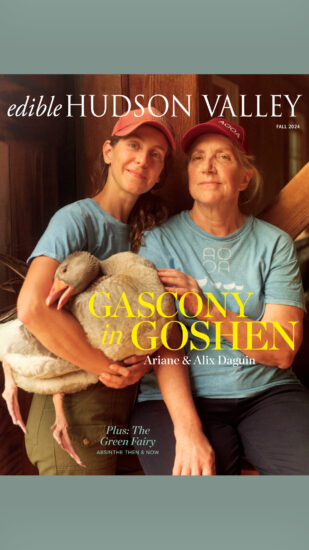Shop at these Ambassadors of Japanese Traditions
DASHI OKUME, Greenpoint, Brooklyn, March 22: On an evening hosted by Edible Brooklyn and JETRO (the Japan External Trade Organization), a group of food-world luminaries gathered to learn why Japan’s natural ecosystem produces such a wealth and diversity of seafood, and to make their own saba-sushi under the direction of Chef Hiroki Abe of MOGMOG, a Japanese specialist shop in Long Island City. Attendees also enjoyed a hands-on lesson is Japan’s most fundamental ingredient, dashi, from Dashi Okume’s dashi sommelier, Shohei Miyajima. The evening concluded with a special teishoku dinner that united dashi and seafood from Japan in several dishes.
Sourcing ingredients for Japanese cuisine, particularly seafood, from vendors who offer Japanese imports is critical for authenticity, quality, and sustainability. Japanese culinary traditions are deeply rooted in the precise selection of fresh, high-quality ingredients to create dishes that are not only flavorful but also reflective of cultural heritage. Seafood holds a prominent place in Japanese cuisine, with sushi, sashimi, and dried seafood-based dashi being staples. The freshness and flavor of Japanese seafood are unmatched and contribute significantly to the taste and authenticity of Japanese dishes. Moreover, sourcing from reputable vendors supports the livelihoods of Japanese fishermen and promotes fair trade practices.
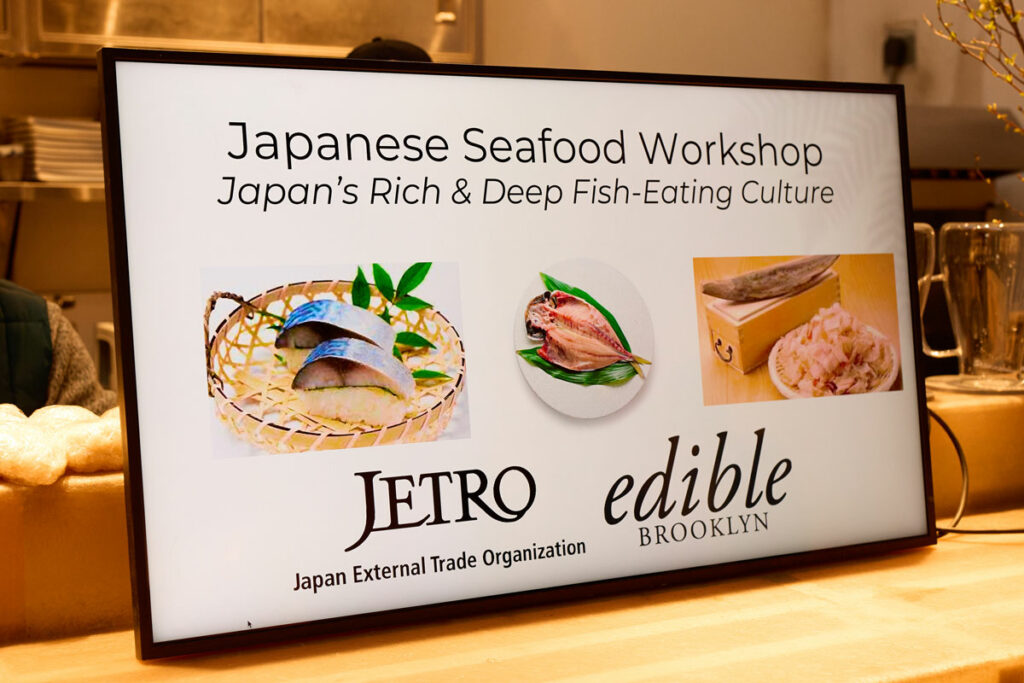
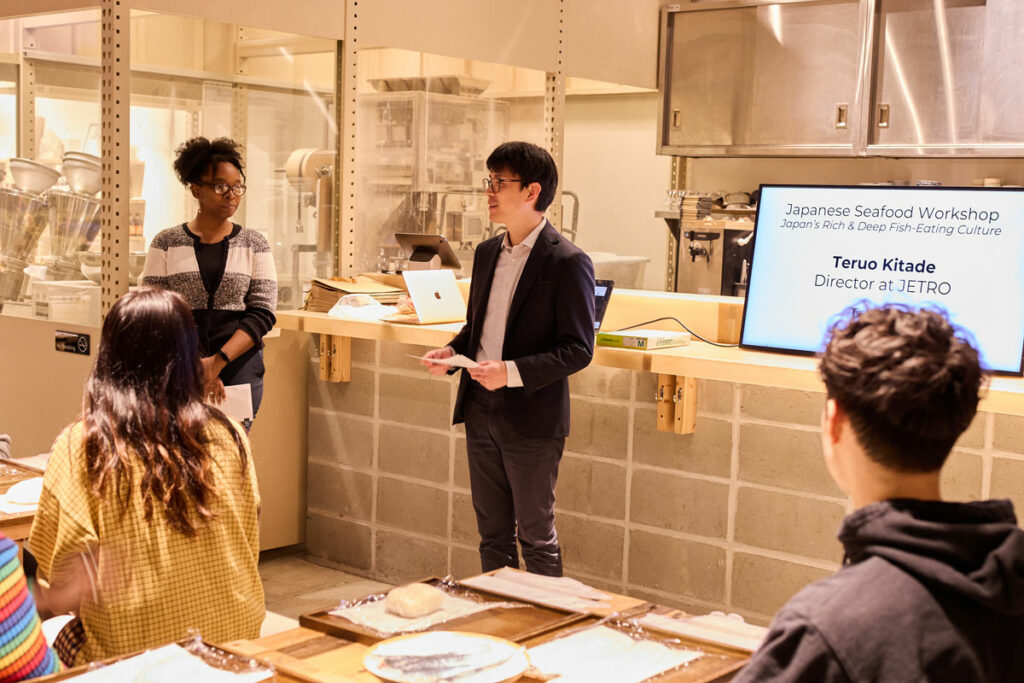
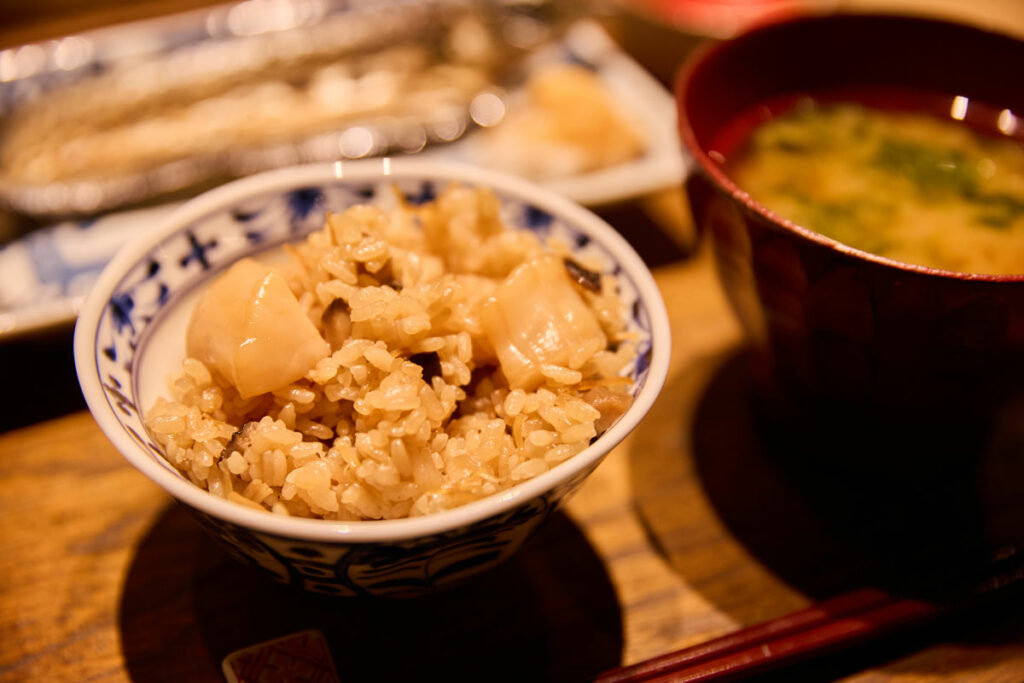
GET THE RECIPE: Hotate Takikomi Gohan (Japanese Scallop Rice) Recipe by Dashi Okume
Japan’s unique geographical and oceanographic characteristics play a pivotal role in the country’s abundance of excellent fish, contributing to a diverse marine ecosystem that supports a vast array of species. With approximately 75% of its land covered by mountains, the island-nation of Japan has numerous rivers that slope down its terrain. These down-flowing rivers carry essential nutrients from the upper inland regions to Japan’s coastal waters; the water that flows into the sea is remarkably rich with organic matter.
Upon reaching the sea, these nutrients sink to the ocean floor, creating a fertile environment for deep marine life. The convergence of warm and cold ocean currents off the coast of Japan further enriches the waters, causing a cyclical flow of nutrients from the depths to surface waters, where it nourishes still more species.
This nutrient-rich environment sets the stage for prolific plankton blooms, which serve as the foundation of the marine food web. Plankton, consisting of microscopic organisms such as phytoplankton and zooplankton, thrives in these conditions, attracting widely diverse fish species.
Happily, we in New York can sample some of this bounty. Himono, Japanese dried and salted fish, for example, or Saikyo-zuke, white-miso marinated fish, can be found in various Japanese grocery spots around New York. Simply grilled at home, it yields juicy meat and intense umami flavors. Also locally available, Japanese scallops are known for their meatiness, sweetness, and size, and they’re available dried, fresh, and frozen (as sashimi grade!) here in New York.
It is estimated that around 3,700 different species of fish live in Japanese waters, and, among these, approximately 500 species are consumed in Japanese cuisine— this abundance and diversity goes a long way to explain the significance of seafood in Japanese cuisine. In fact, Japan’s most elemental cooking ingredient—dashi—is made with either kombu (which also benefits from Japan’s rich waterways) or dried bonito flakes.
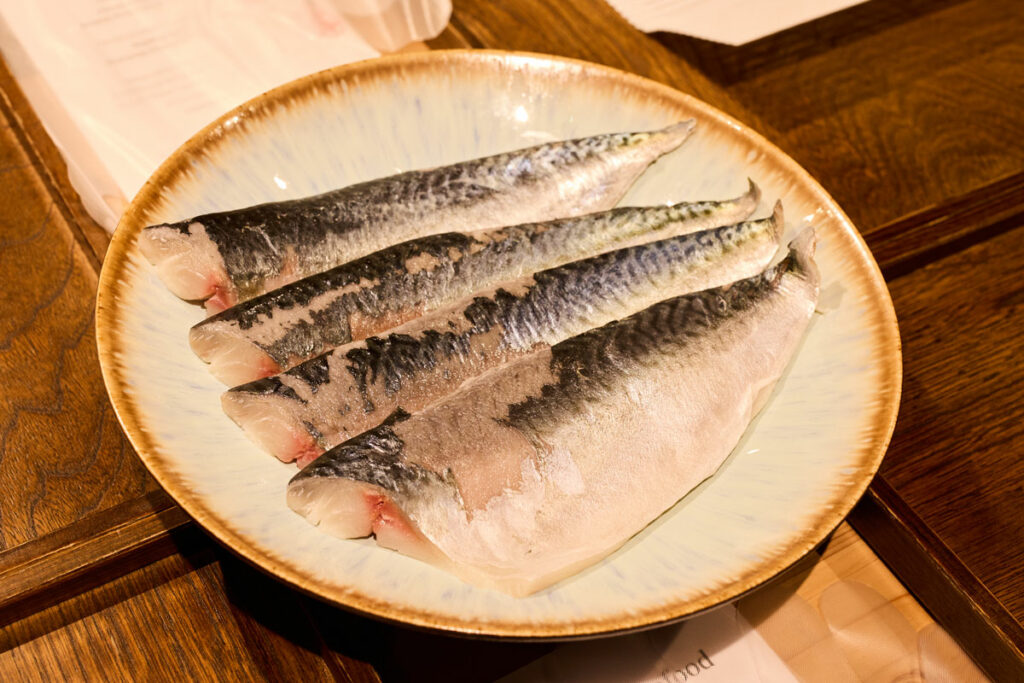
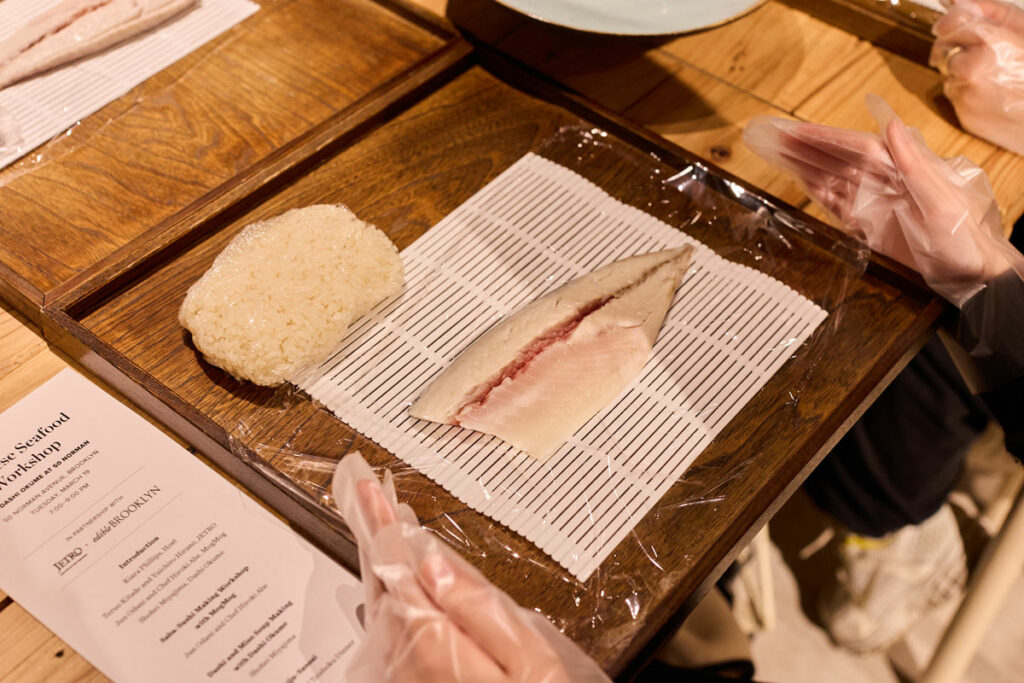
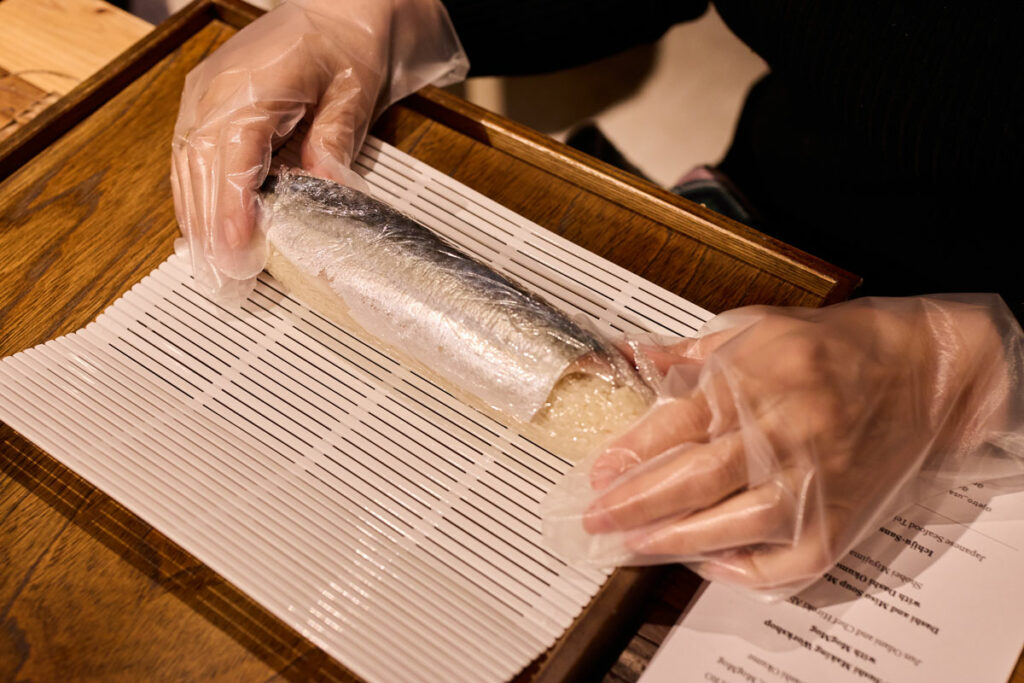
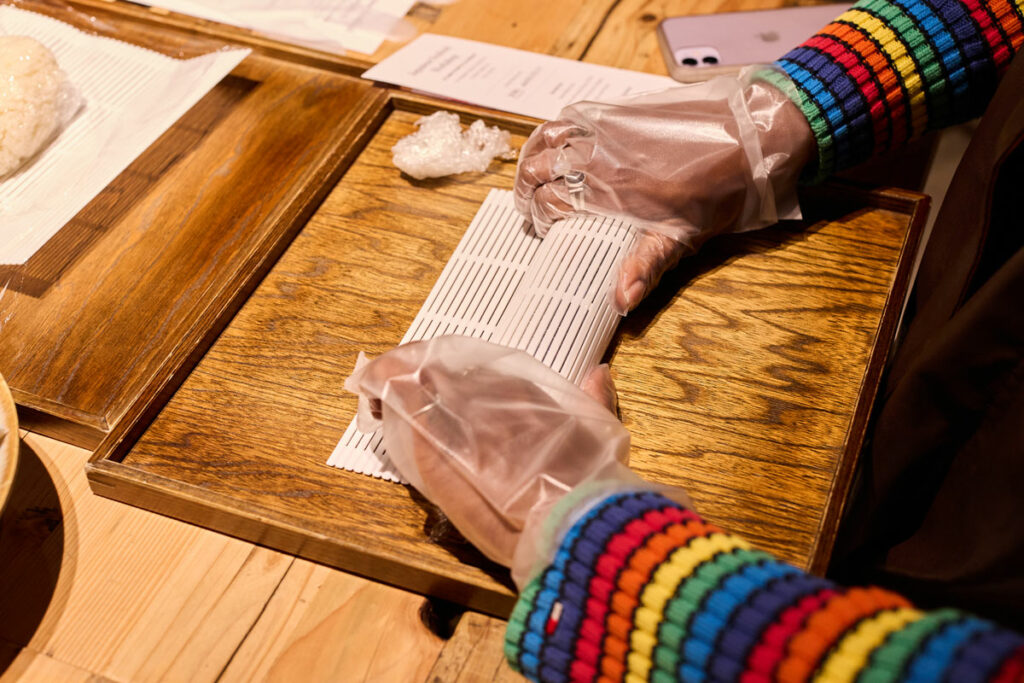
Japanese dashi culture emerges from tradition, innovation, and regional variation. At the heart dashi lies the “fifth flavor,” umami, whose key compound, the amino acid glutamate, was first identified in 1908 by Professor Kikunae Ikeda in Japan. By identifying glutamate, Professor Ikeda was able to find a chemical link to a vast number of global foods that bear the distinct savory flavor of umami; these include tomatoes, aged cheeses, kombu, mushrooms, miso, soy sauce, red meats, Marmite, and, especially, dashi—a compound made from various dried mushrooms, dried fishes, and seaweeds, that, when combined, deliver intense umami.
Founded in 1871 in the Tokyo Nihonbashi fish market, Dashi Okume has been a long-running source for gourmet dashi in Japan. Their commitment to quality is evident in their meticulous selection of over 200 different types of ingredients sourced from across Japan. In the fall of 2022, Dashi Okume opened in Greenpoint to offer that same commitment to excellence to New Yorkers.
The art of preparing dashi is both traditional and innovative. While the traditional method involves boiling kelp and bonito flakes separately, Okume offers convenient and customizable dashi sachets that offer umami with minimal effort and without compromising flavor.
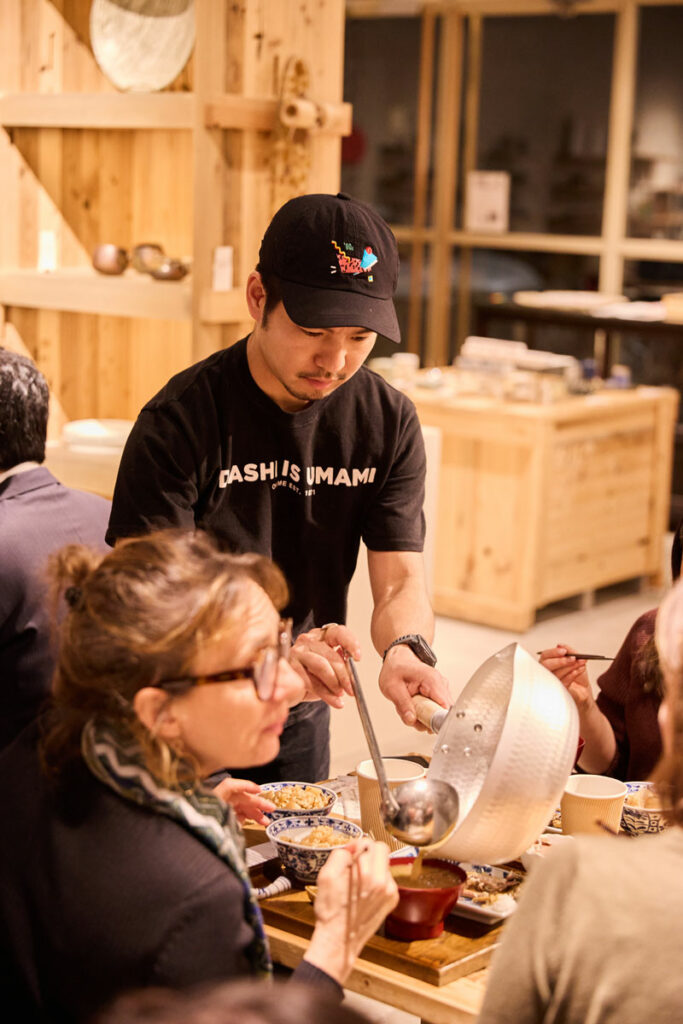
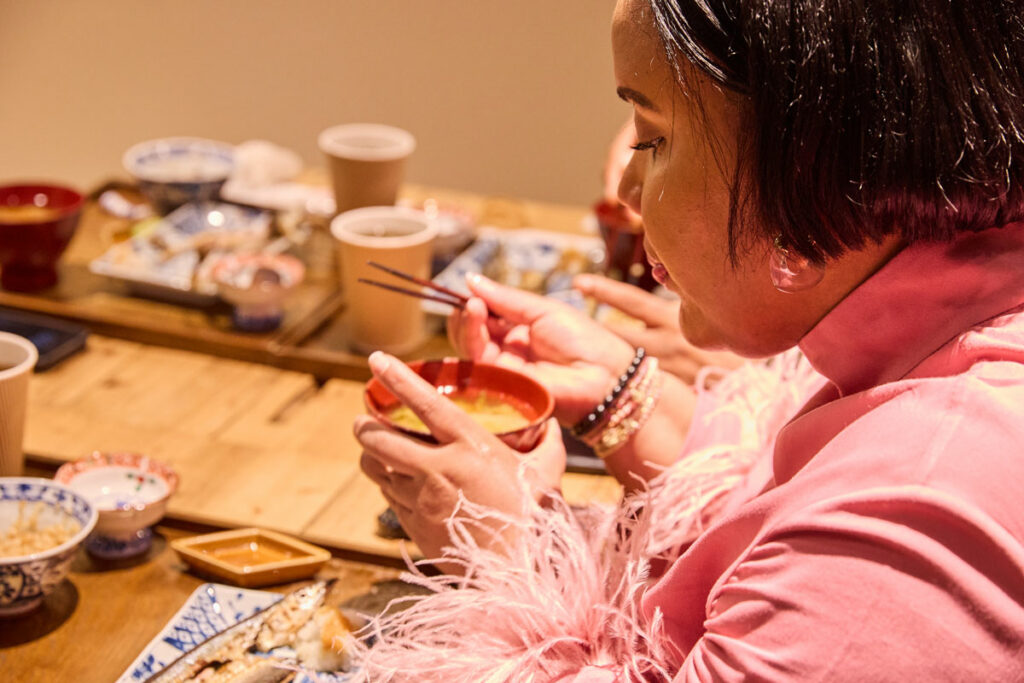
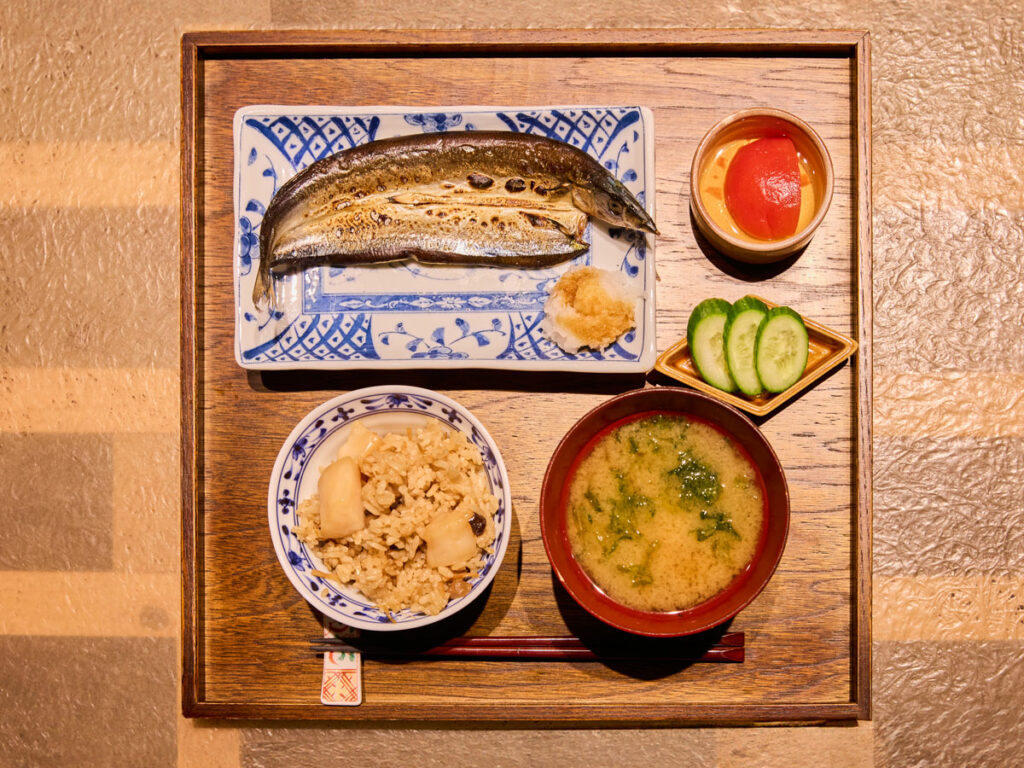
Interested in experiencing the real flavors of Japan? Drop by any of the wealth of wonderful Japanese import vendors in and around New York City: MOGMOG (L.I.C.); Dashi Okume (Greenpoint); Wegman’s Astor Place (Manhattan); Katagiri (Multiple Locations); Sunrise Mart (Multiple Locations); Dainobu (Multiple Locations); Osakana (Multiple Locations); The Rice Factory (Scarsdale); Mitsuwa Marketplace (Edgewater, NJ). Or you can order online for delivery from Weee!, OP Fish Market, and Yama Seafood.



